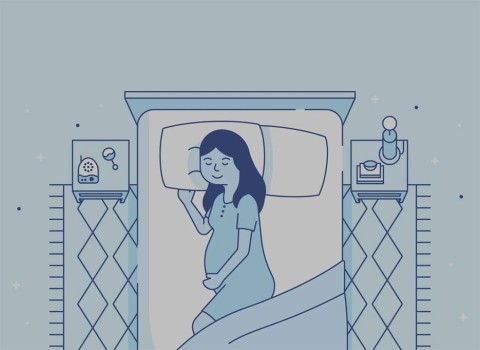The house is a common living space, a "nest" to return to after a long day of stressful work. Therefore, do not let the following health-affecting factors appear in your home .

Common pathogens in the home
Mold
Mold spores can cause a variety of symptoms from sneezing and stuffy noses to coughing and wheezing. Even if you don’t smell mold, it’s never a bad idea to check your home for signs of mold. If you see mold in your home, remove the mold & clean the area immediately.
Dust and allergens
Make sure all fabrics (such as carpets and curtains) are clean and vacuum thoroughly to remove dust and other airborne pollutants.
Surface bacteria
Wipe down frequently touched surfaces, like light switches and doorknobs, which can transfer germs that can make you sick. And look for signs of insects in your home: Insects like cockroaches can spread germs throughout your home that can make you sick.

Carbon monoxide (CO)
Carbon monoxide is a dangerous gas that can cause fatigue, headaches, and a host of other symptoms. At high concentrations, it can kill you without you even knowing it, so you should always treat CO in your home as an emergency. Carbon monoxide can come from sources like gas water heaters or furnaces. The CO in their exhaust is meant to be carried out of your home through your chimney, but if there’s a leak somewhere or if your chimney is damaged or clogged, those gases can build up in the air—and make you sick, or worse. If you don’t have a CO alarm, get one installed right away. If you do, make sure it’s working properly and doesn’t need to be replaced.
Carbon dioxide (CO2)
At normal levels, CO2 is not dangerous—in fact, our bodies produce it themselves. However, at high concentrations, it can cause a long list of negative symptoms and, in severe cases, even death. You should monitor your indoor air quality and monitor your CO2 levels. If you find that the levels are higher than they should be, have a professional check that your water heater and heating system are clean and working properly.


















